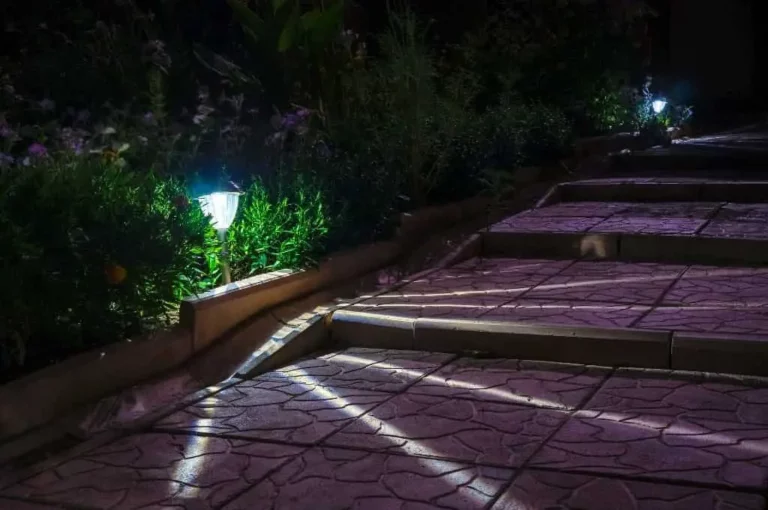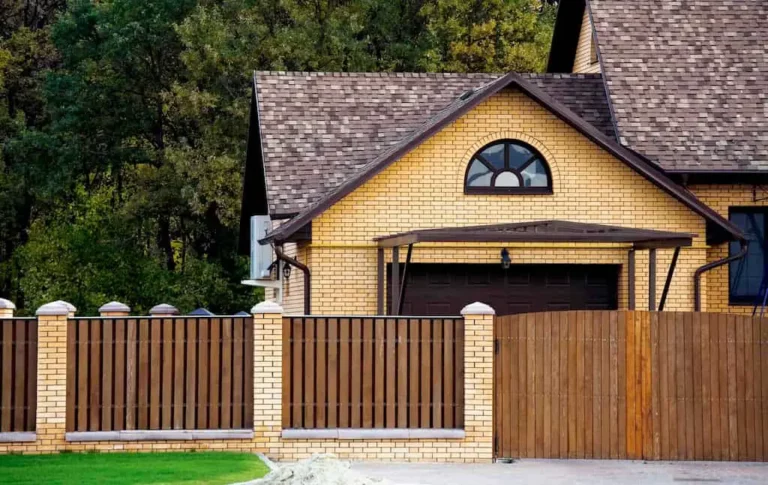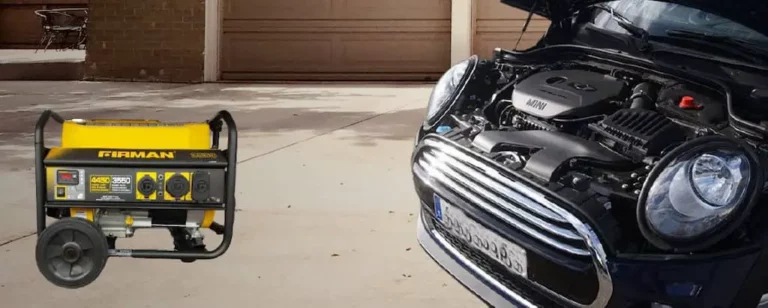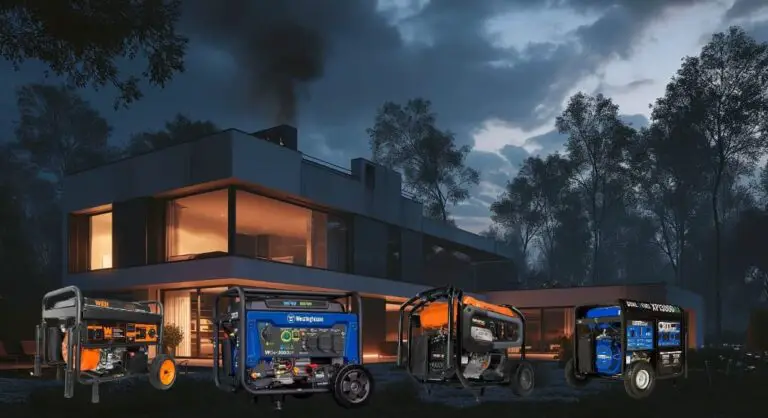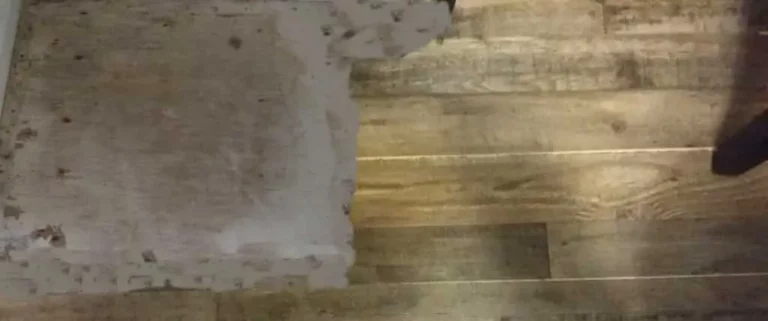Siding Materials Compared: Vinyl, Wood, Fiber Cement, and More
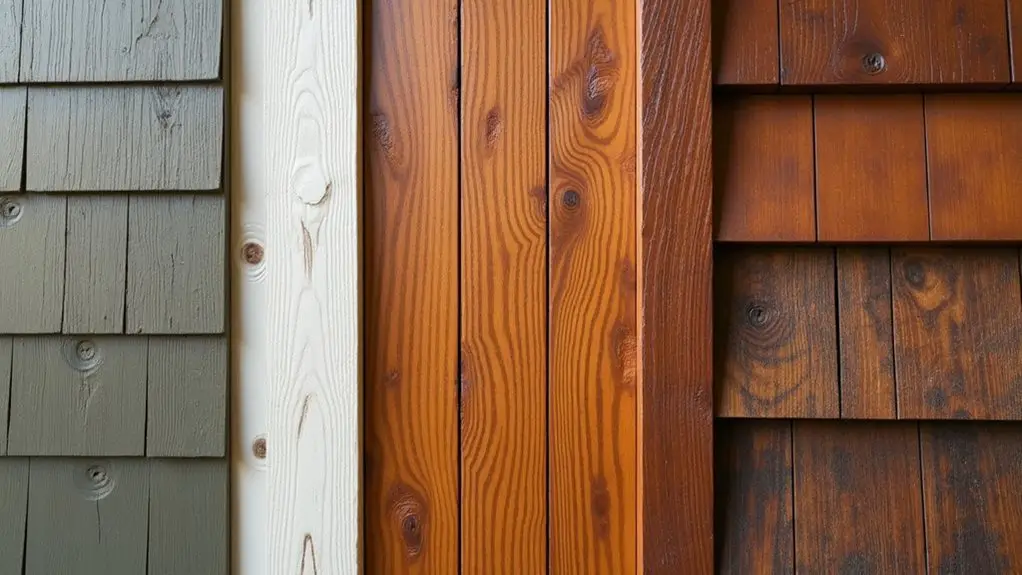
Imagine you’re renovating your home and must choose between vinyl and wood siding. Each option has its merits, but which one truly fits your needs? Vinyl promises low maintenance and affordability, while wood brings a touch of natural elegance. As we explore various siding materials, you’ll discover how to weigh these choices against factors like durability, aesthetics, and cost. What will be your ultimate decision?
Overview of Siding Materials
When choosing siding materials for your home, you’ll encounter a variety of options, each offering distinct benefits. Fiber cement siding boasts remarkable durability, resisting fire, pests, and extreme weather. Its aesthetic versatility, mimicking wood, stone, or brick, makes it an appealing choice, with installation costs ranging from $5 to $9 per square foot and warranties lasting up to 50 years. On the other hand, wood siding provides natural beauty with its unique grain patterns. You can customize it with paint or stain, but be aware that it requires regular maintenance to avoid issues like rot and insects. Longer-lasting options generally come at higher costs, and each option has its place, helping create a home that feels warm and welcoming for you and your community.
Vinyl Siding: Benefits and Drawbacks
Vinyl siding stands out as a popular choice among homeowners due to its combination of affordability, low maintenance, and durability. It resists dents, cracks, and moisture, lasting 20–40 years with minimal upkeep. You’ll appreciate how easy it is to clean—just a quick hose down does the trick. Plus, it offers a variety of colors and textures that can enhance your home’s aesthetic without the hefty price tag. However, keep in mind that extreme weather can cause cracks, and while it generally doesn’t fade, some colors may lose their vibrancy over time. It’s not the most eco-friendly option either, as it’s made from PVC and isn’t easily recyclable. Additionally, vinyl siding has the advantage of energy efficiency, which can help reduce your utility bills. Balancing these factors helps you create the cozy home you desire.
Wood Siding: A Natural Choice
If you appreciate the warmth and charm of natural materials, wood siding is an excellent choice for your home. Its aesthetic versatility allows you to choose from various styles like lap, shingle, and board and batten, fitting seamlessly into both rustic and modern designs. You can customize textures to match your vision, whether smooth or charred for a unique look. Environmentally, wood is a renewable resource, helping reduce your carbon footprint. While maintenance involves periodic repainting and care, the natural toughness guarantees longevity, especially with high-quality materials like cedar or redwood. By choosing wood siding, you’re not just enhancing your home but also nurturing a sense of belonging with nature and your community. This siding option offers multiple styles and textures, ensuring you can tailor your exterior to your specific aesthetic preferences.
Fiber Cement Siding: Durability and Appearance
For homeowners seeking a combination of durability and aesthetic appeal, fiber cement siding stands out as a practical alternative to wood. Made from cement, sand, cellulose fibers, and polymers, it resists moisture, insects, and fire, making it perfect for nearly any climate. With a lifespan of 50 to 60 years—and some claims even reaching 100—you can trust it to last. Its aesthetic versatility means it can mimic wood grain, stucco, or masonry, fitting seamlessly into various architectural styles. Plus, factory-applied finishes provide UV-resistant colors, while field-applied paints offer further customization. With less maintenance than wood and easy cleaning, fiber cement siding is not just an investment; it’s a long-term commitment to your home’s beauty and resilience. Regular cleaning and sealing are essential for maximizing the longevity of fiber cement siding.
Engineered Wood Siding: Cost-Effective Alternative
While homeowners often seek a blend of style and savings, engineered wood siding offers a cost-effective alternative that doesn’t sacrifice quality. With prices ranging from $1 to $6 per square foot, it stands out as a budget-friendly option. Plus, its lightweight design simplifies installation, prompting you to take on DIY projects with ease. Additionally, engineered wood siding typically lasts 20 to 30 years, making it a practical choice for those looking for longevity without breaking the bank.
- Rich, inviting textures that mimic natural wood
- Versatile colors to complement your unique style
- Eco-friendly materials that fit today’s sustainable living trends
As demand for engineered wood rises, it’s projected to flourish into a multi-million dollar industry by 2030. Choosing engineered wood siding means you’re not only enhancing your home but also making a smart, stylish investment for the future.
Metal Siding: Performance and Maintenance
When considering siding options, metal siding stands out for its impressive durability and low maintenance needs. It can last over 40 years with proper installation, resisting rot, mold, and pests while offering a Class A Fire Rating. You’ll appreciate minimal upkeep—just routine cleaning and annual inspections to catch any issues. Remember to handle heavy objects carefully to avoid dents. Metal siding, especially thicker gauges, balances cost and durability well; options include budget-friendly steel and premium copper. In warmer climates, it reflects heat, improving energy efficiency. Additionally, metal siding is made from recycled materials, which aligns with sustainable choices. As metal siding rises in popularity, it’s a smart, practical choice for your home, blending performance and ease into your life.
Alternative Siding Options: Exploring Other Choices
If you’re looking for diverse aesthetic choices beyond metal siding, alternative siding options like fiber cement, modified wood, and stone veneer deliver unique benefits. Each option not only enhances your home’s charm but also provides durability and low maintenance.
- Fiber Cement: Mimics the look of wood or stone while resisting fire and insects. Fiber cement siding has a lifespan of 50 years, making it a long-lasting option for homeowners.
- Modified Wood: Offers a natural appearance, developing a rustic charm over time while reducing environmental impact.
- Stone Veneer: Adds a stunning natural texture to your home, ensuring longevity against elements.
These options cater to your desire for beauty and sustainability. Choosing alternative siding allows you to create a space that feels uniquely yours, fostering a warm sense of belonging in your community.

